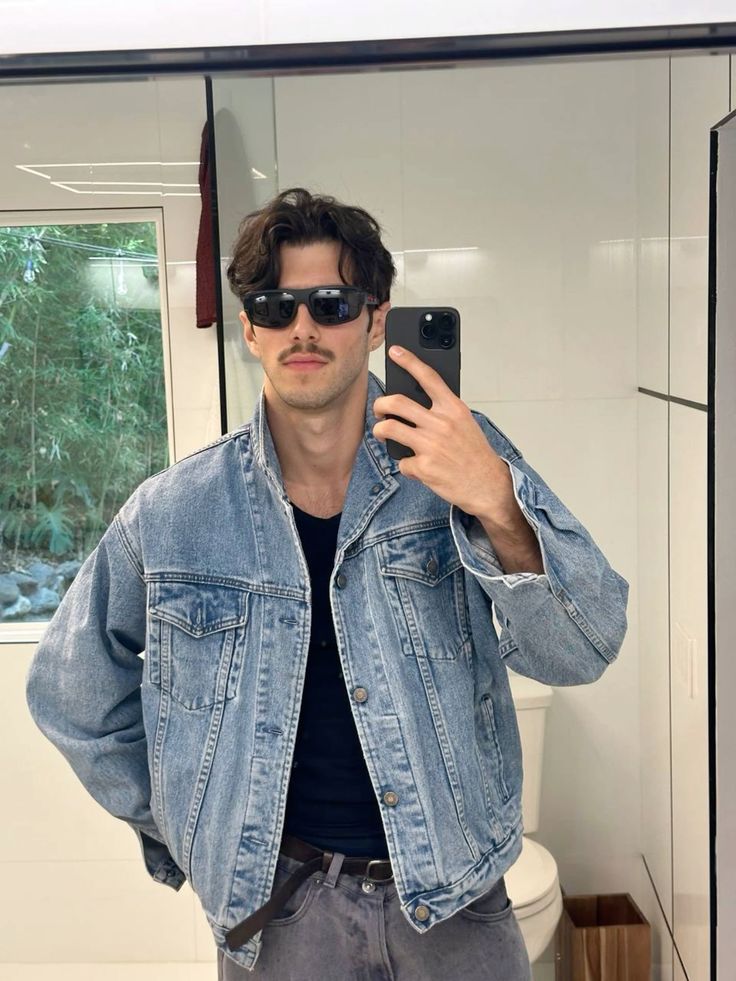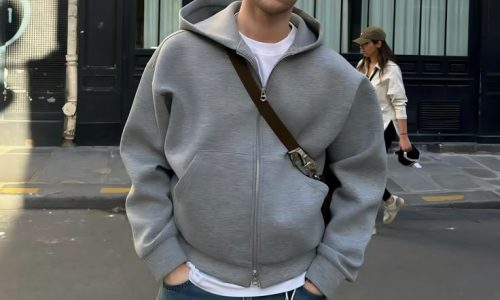
Classic Meets Contemporary: Blending Old and New Trends
Introduction
Fashion has always been a reflection of its time, encapsulating societal shifts, cultural evolution, and personal expression. As the industry steps further into 2025, a notable movement has emerged—one where timeless elegance intertwines with modern innovation. This is not merely a nostalgic nod to the past nor an unanchored leap into the future. Instead, it is a careful balancing act where the poise of tradition meets the daring pulse of the present. The fusion of classic and contemporary styles is shaping a new fashion identity that resonates with diverse generations and aesthetic tastes.
In this extensive exploration, we delve into how designers, influencers, and everyday style enthusiasts are harmonizing heritage with modernity to create a vibrant, multidimensional wardrobe. From iconic silhouettes to cutting-edge fabrics, and from vintage inspirations to futuristic details, the coexistence of old and new is redefining what it means to be fashionable today.
The Revival of Time-Tested Silhouettes in Modern Fashion
In 2025, designers are increasingly revisiting classic shapes such as A-line skirts, trench coats, and tailored blazers, yet they are doing so with inventive twists. These well-established forms are not replicated verbatim but are reinterpreted through contemporary tailoring, asymmetrical cuts, and innovative textiles. This creates garments that honor their roots while offering something entirely fresh. The resurgence of wide-leg trousers, once a staple of 1940s and 1970s fashion, is a prime example of how heritage silhouettes are finding new life in today’s context.
The reinterpretation of such pieces also reflects a broader shift toward slow fashion. Rather than chasing ephemeral trends, consumers are embracing designs that offer both longevity and adaptability. These enduring shapes are being updated to cater to modern needs—think of a classic blazer enhanced with stretch fabric for comfort or a vintage-style dress reimagined with smart-fiber technology. The balance lies in preserving recognizable forms while incorporating functionality and innovation.
Modern Fabrics Meet Vintage Aesthetics
One of the key components in blending old and new fashion trends is the use of advanced fabrics to breathe new life into retro styles. While classic aesthetics prioritize elegance and structure, contemporary materials contribute ease, sustainability, and performance. For instance, traditional tweed jackets now come in recycled fiber blends that retain the texture but add a layer of ecological consciousness.
High-performance textiles such as moisture-wicking fabrics, thermoregulating materials, and biodegradable synthetics are enabling designers to maintain vintage silhouettes while offering modern-day benefits. Even denim, a long-standing wardrobe staple, is being produced using laser-cutting and water-saving dye techniques, blending the rustic charm of classic Americana with the ethics of modern production.
This marriage of old-world charm and cutting-edge material science offers more than visual appeal—it presents a comprehensive enhancement of garment functionality. It also appeals to a growing demographic of eco-conscious consumers who desire beauty with a purpose.
Accessories as the Bridge Between Eras
Accessories are playing a pivotal role in the seamless fusion of vintage and modern fashion. Belts, scarves, hats, and jewelry are being curated in ways that connect traditional styles with futuristic designs. The return of pearl accessories, for example, has been seen on runways globally, yet these pieces often incorporate contemporary settings or unusual pairings such as being styled with streetwear or futuristic silhouettes.
Eyewear is another sector that beautifully demonstrates this synergy. While cat-eye frames hark back to 1950s glamour, they are now manufactured using 3D printing technologies and bio-acetate materials. Similarly, handbags are adopting classic shapes like structured satchels but feature smart elements such as built-in charging ports or anti-theft locks. This innovation within accessories not only enhances their utility but also modernizes iconic forms, making them more relevant to contemporary lifestyles.
Footwear, too, has seen a resurgence of classic styles like loafers, brogues, and Mary Janes, but reimagined with sculptural heels, mixed textures, and sustainable components. These design adaptations breathe new life into familiar styles while aligning with current fashion narratives.
Cultural Nostalgia and Contemporary Interpretation
A significant driver behind the blend of old and new in fashion is cultural nostalgia. As society becomes more digitized, there is a growing desire to reconnect with simpler times, and fashion serves as a poignant conduit for this longing. However, nostalgia in 2025 is not about duplication but about interpretation. Designers are capturing the essence of past decades—the romanticism of the 1920s, the rebellion of the 1960s, the glamour of the 1980s—and reinterpreting them through the lens of modern sensibilities.
For example, flapper-style dresses from the Roaring Twenties may now feature LED embellishments or be paired with sneakers instead of heels, creating a juxtaposition of eras. Similarly, the androgynous tailoring of the 1980s is making a comeback, but with a gender-fluid approach that reflects contemporary values of inclusivity and expression. This ability to pay homage while simultaneously innovating allows fashion to act as both a mirror and a map—reflecting where we’ve been and guiding where we’re going.
Fashion Technology Bridging the Generational Gap
In the past, generational style differences often created rifts in fashion communities. However, technology is acting as a bridge between the preferences of older and younger consumers. Augmented reality fitting rooms, AI-generated style recommendations, and virtual fashion shows are making classic fashion more accessible to Gen Z and Gen Alpha. Meanwhile, millennials and older generations are embracing technology to rediscover and reinterpret retro styles in ways that fit modern expectations.
Digital platforms also foster a shared space where multiple generations can interact and influence one another. Social media has enabled the proliferation of thrifted outfits styled with high-tech accessories, vintage garments worn in futuristic settings, and old-school patterns printed on smart fabrics. This cross-generational influence is dismantling outdated fashion hierarchies and creating a democratized style culture where timeless meets trendsetting.
Sustainable Practices Rooted in Tradition
Sustainability is no longer a niche consideration but a foundational principle of modern fashion. Interestingly, many traditional methods—such as handcrafting, natural dyeing, and upcycling—are being revived to serve present-day environmental goals. By marrying these age-old practices with today’s eco-innovations, designers are creating collections that honor craftsmanship while minimizing ecological harm.
This synergy is evident in the popularity of slow fashion brands that prioritize heritage techniques while integrating data-driven design and production efficiency. Garments that are hand-stitched using biodegradable threads or dyed using solar-powered systems exemplify how the wisdom of the past can support the innovations of the future. These practices don’t just preserve artisanal skills—they expand their relevance and accessibility in the digital age.


